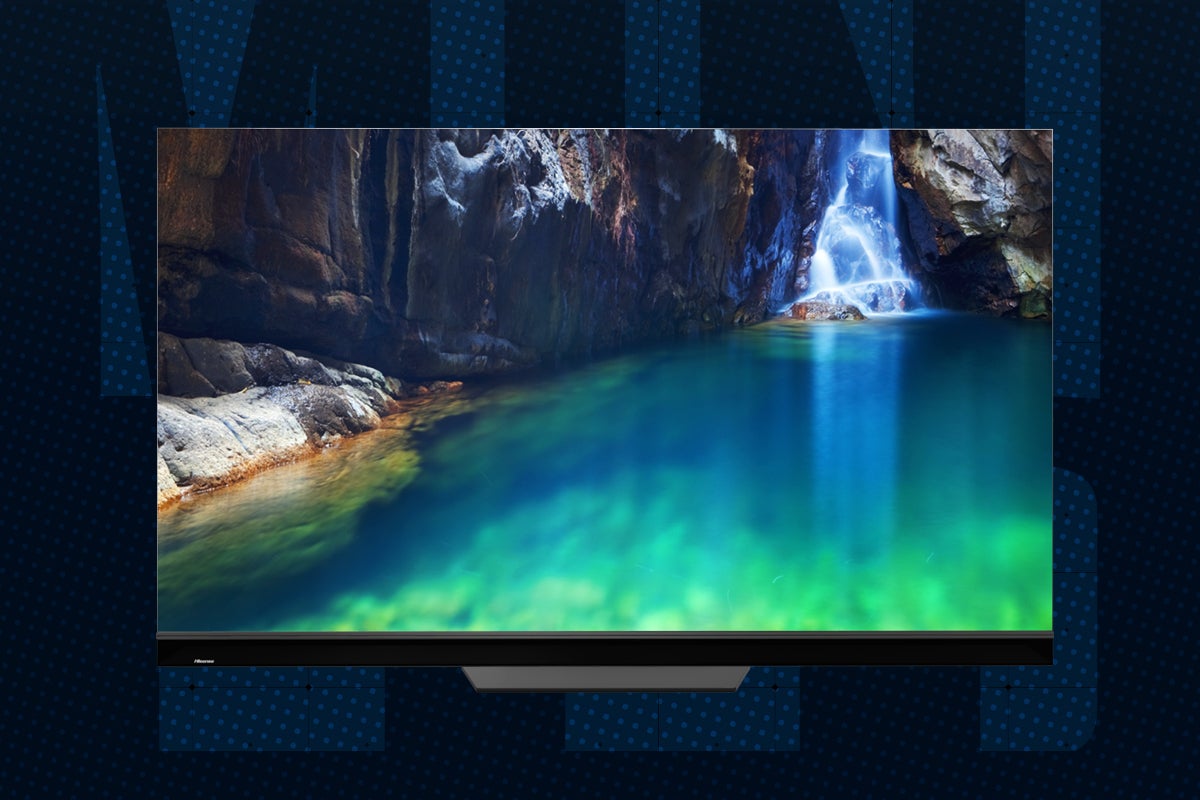What is Dolby Vision HDR? Everything you need to know
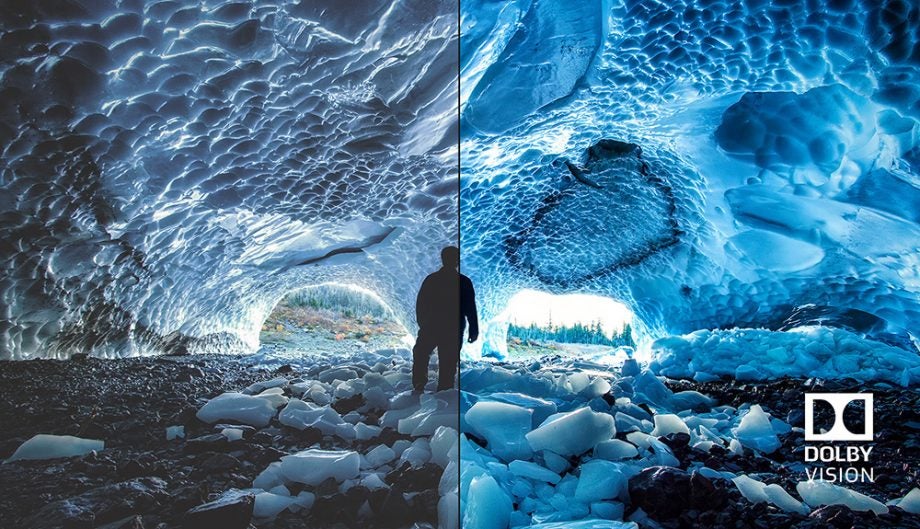
Dolby Vision is designed to improve HDR content. In this explainer, we’ll look at the HDR tech to see if your next TV, game console, laptop, tablet or smartphone should have Dolby Vision.
SDR (Standard Dynamic Range) screens can’t quite display pure whites and deep blacks, so HDR (High Dynamic Range) looks to improve picture quality by offering greater contrasts for a more striking and natural picture performance.
But the variances in how HDR can look on different displays from budget to premium models means you’re not guaranteed to get a consistent HDR performance across the board.
And that’s where Dolby’s HDR tech steps in. It intends to deliver a more uniform, and consistent HDR performance, optimising your display for the best performance possible.
What is Dolby Vision?
Dolby Vision (or DV for short) is a HDR format that adds a layer of dynamic metadata on top of the core HDR signal.
By using scene-by-scene (or even frame-by-frame) metadata to manage its HDR performance, Dolby Vision provides instructions on how the screen should display HDR content.


Things like detail in the darkest parts of an image, colour and black levels often gain improvements, the aim is to present content as close to the creative team intended.
What’s the difference between Dolby Vision vs HDR10?
Dolby Vision is superior to HDR10, but why?
The main differences between the two is that HDR10 is the industry standard HDR format and must be supported by HDR TVs. Dolby Vision is optional, but as we’ll see, having it brings benefits.

DV masters of movies are done at 12-bit colour depth, rather than HDR10’s 10-bit. 12-bit depth can show a wider range of colours, as well as more shades of brightness and contrast. Also, peak brightness with Dolby Vision can go up to 10,000 nits while HDR10 is relegated to 1000 nits. Most Dolby Vision masters target 4000 nits although there are outliers, such as Mad Max: Fury Road, which was mastered at 10,000 nits.
However, as far as consumer-ready TVs are concerned, few can support 4000 nits and both 12-bit displays, and 10,000 nits are, for the time being, out of the question.
HDR10 works by setting luminance values (i.e., brightness) for an entire piece of content. So, if you’re watching a TV show or film, the black level, and highlights (the brightest part of the image), remain the same throughout.
What Dolby Vision does that HDR10 doesn’t, is make use of dynamic metadata. Not all HDR displays have the same characteristics as they use different panels, produce brightness levels, and have varying contrast ratios (the difference between the brightest and darkest part of an image).
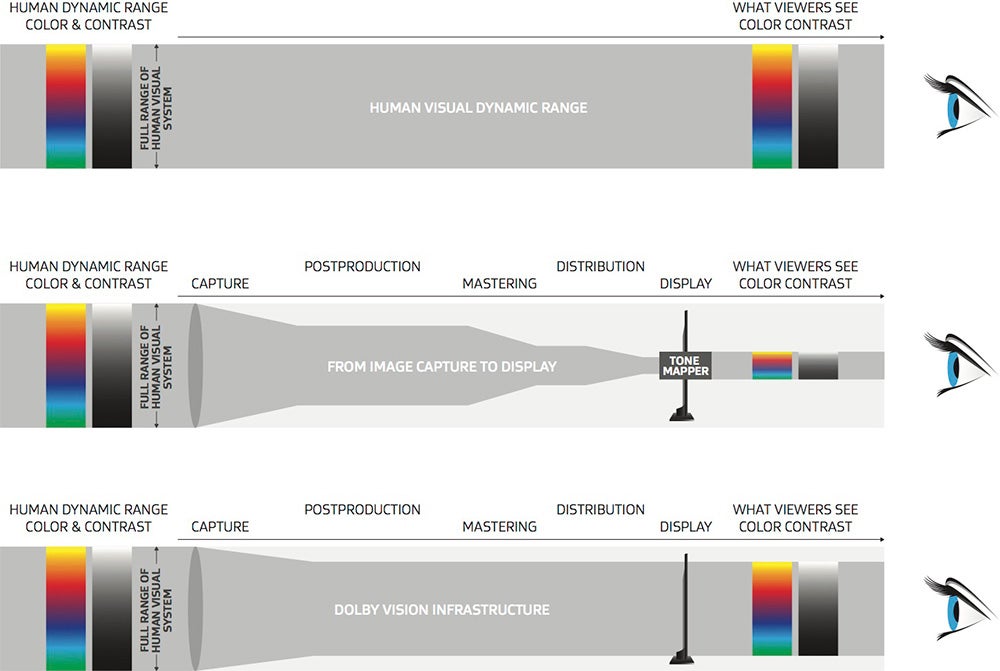
Like HDR10, Dolby Vision instructs the display on how to optimise HDR content but where it differs is that these instructions can be delivered scene-by-scene or even frame-by-frame (depending on how the content was mastered). Everything from brightness to contrast, detail and colour reproduction can be improved for a more nuanced image than HDR10.
This is why Dolby Vision requires the extra hardware, and ultimately why HDR10 is more widespread. But Dolby’s argument is that this hardware delivers better picture quality, and we’re inclined to agree.
And, in case you are concerned, anything that supports Dolby Vision supports HDR10 by default – but it doesn’t work in reverse.
Who supports Dolby Vision?
Unlike HDR10 and HDR10+, both of which are free for content creators to license – those who wish to use Vision HDR must pay a licensing fee to Dolby.
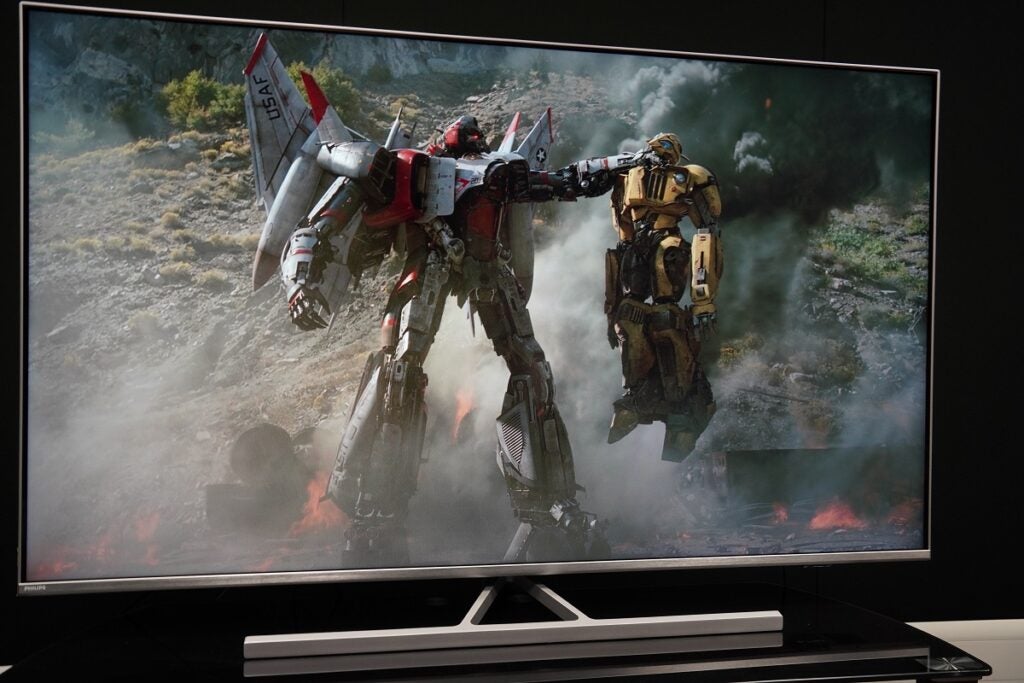
Most seem willing but there are a few who aren’t, namely Samsung. As one of the founders of the HDR10+ Alliance, Samsung sees no reason to support a rival HDR format, and its philosophy of high brightness TVs – especially with its QLED range – means there’s less of a reason to use Dolby Vision’s tone mapping. Tone mapping takes content mastered at high brightness levels and converts it to a lower range.
Otherwise, there are plenty who support Dolby’s HDR format. Where TVs are concerned LG, Hisense, Panasonic, Philips, TCL, Toshiba, Sony, and VIZIO support it; and it’s appearing on affordable sets, where its help is arguably needed the most.
Dell’s XPS 13 OLED, Microsoft Surface Pro 8, and Lenovo Yoga Slim 7i Pro laptops carry Dolby Vision, Apple supports it with the Apple TV 4K, iPhones and iPads, while Microsoft also includes it for gaming on their Xbox Series consoles.
Other devices include Panasonic, Sony and Reavon 4K Blu-ray players. Dolby Vision is also available on a growing number of 4K Blu-ray titles and various (but not all) Amazon, Google TV, Nvidia Shield and Roku streaming devices.
And it’s not just devices where DV is supported. It’s supported across video streaming services with Apple TV+, Disney+, Netflix, Rakuten, Hulu, Paramount+, and Vudu services carrying the Dolby Vision badge.
As you can see, the ecosystem for Dolby Vision is much wider than the likes of HDR10+.
Dolby Vision on mobile
Smartphones can present content in Dolby Vision HDR so you can now get vivid HDR images on the go.
DV on a mobile works in a similar manner as it does on TVs, adjusting to support the performance of the display with richer, more vivid colours, and deeper blacks with better brightness.
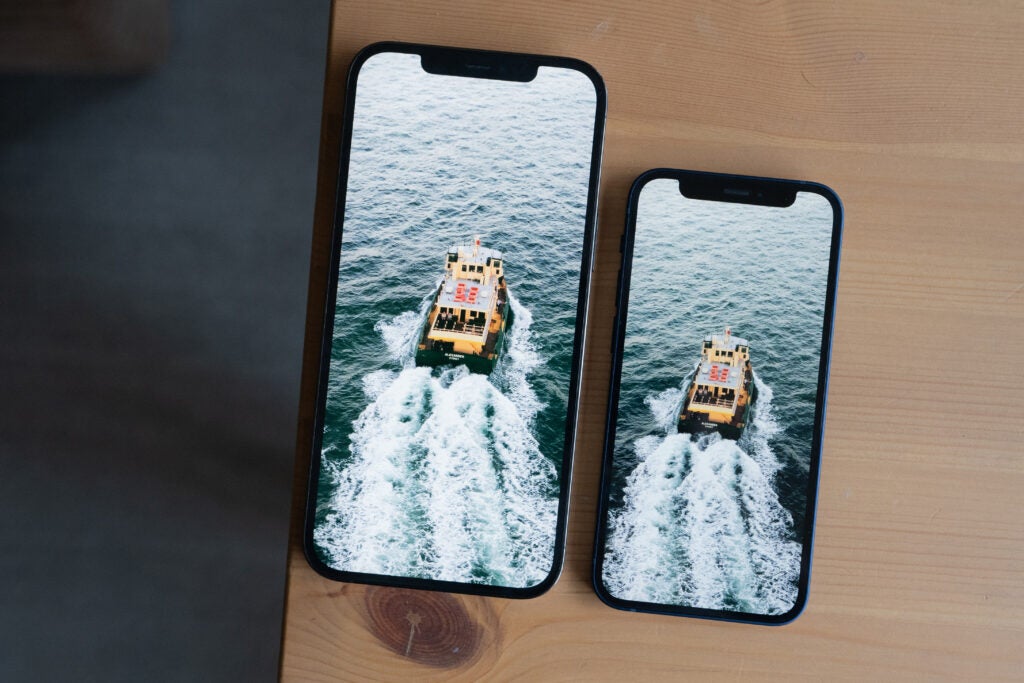
The LG G6 was the first smartphone to adopt Dolby Vision, and Apple is fully on board with its iPhone series. The iPhone 12 series was the first to support capture (i.e., recording videos) and editing of footage on mobile devices in DV, and video site Vimeo also supports it on compatible Apple devices.
This is an area that’s continuing to grow, with iPhones especially offering ways to create content in DV.
What about Dolby Vision IQ?
Dolby Vision IQ takes the dynamic metadata signal and uses the TV’s light sensor to measure the levels of ambient light in a room and adapt the image in response.
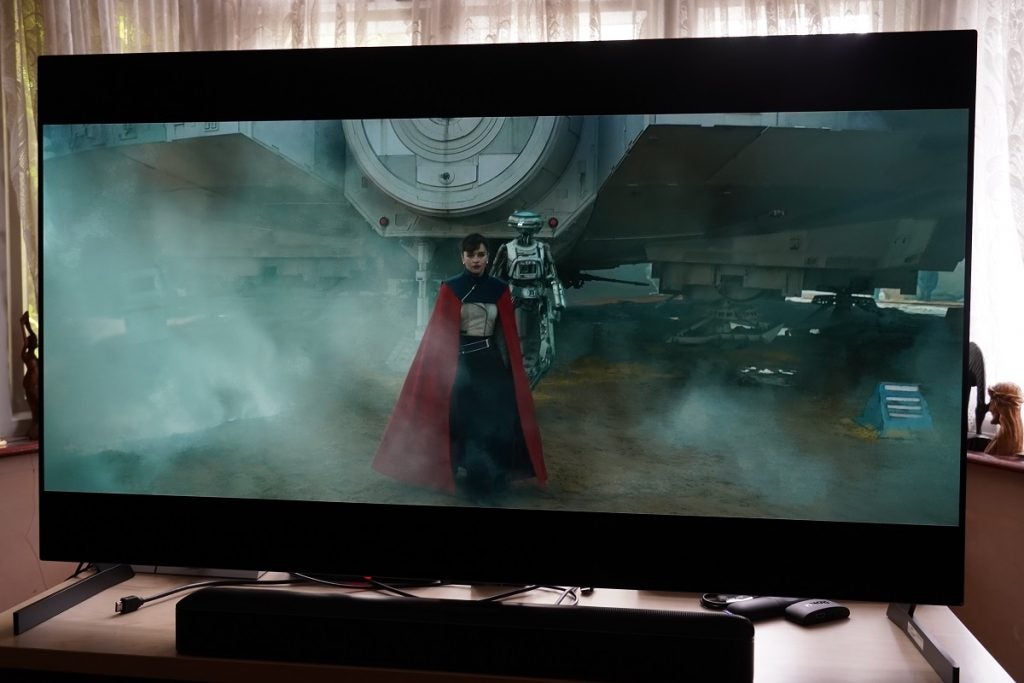
For example, watching Dolby Vision content in a bright room can lead to detail and contrast being reduced, so Dolby Vision IQ boosts brightness and ensures detail remains visible. You can read more about Dolby Vision IQ in our explainer.
A more advanced version is Dolby Vision IQ with Precision Detail. LG are the first to support but it only works on their TVs that feature the Alpha 9 Gen 5 processor. According to LG, this allows for even more detail and sharpness to be seen.
What about Dolby Vision for Gaming?
Dolby Vision for Gaming performs the same as Dolby Vision does on other devices, trying to make games look the best they can.
Support for 4K/120Hz is included, which allows for improved HDR performance at higher frame-rates (the speed at which images are displayed).
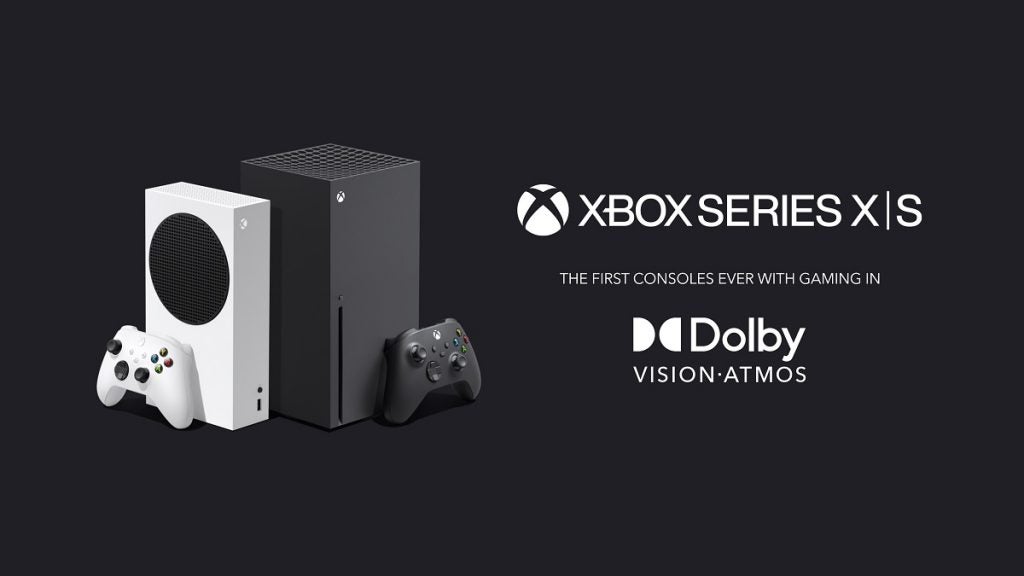
Right now, only Microsoft with its Xbox Series consoles supports Dolby Vision for Gaming, with over 100 games available (including Halo: Infinite).
Bear in mind that just because a TV has Dolby Vision, doesn’t mean it’ll support the full spec for DV Gaming (nor do all games support 120Hz gameplay.) Panasonic’s TVs only support Vision HDR Gaming up to 4K/60Hz, while LG TV goes full hog at 4K/120Hz. You can read more about Dolby Vision for Gaming in our explainer, as well as about how to optimise your LG TV for gaming.
Is Dolby Vision worth it?
Dolby Vision delivers a superior viewing performance to standard HDR10. When we first wrote this guide there wasn’t much content in Dolby Vision, but with video streaming services growing in popularity, a lot has changed.
Video streaming services are now the easiest way to enjoy Dolby Vision content as it doesn’t require any more gear than just a compatible TV.
However, the number of DV formats has also grown, and that’s increased the complexity of it. In any case, all Dolby Vision strives to do is to offer the best picture quality your display is capable of. If you watch a lot of 4K HDR Netflix and Disney+ or have a large collection of DV 4K Blu-rays, it makes sense to have the required AV gear.
And if you subscribe to a lot of streaming services or have a growing collection of 4K Blu-rays, it’s worth considering TVs that support all the HDR formats (such as HDR10+). Philips and Panasonic have led the charger for universal HDR support, and it certainly makes choosing between rival HDR formats less of an issue.


